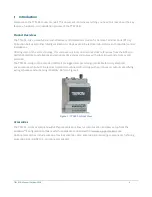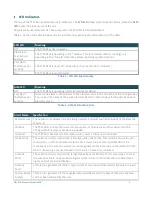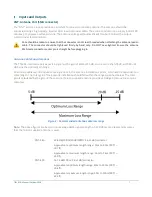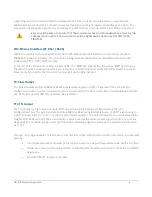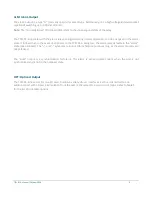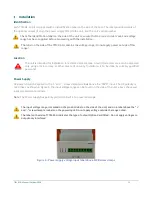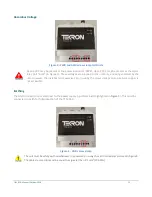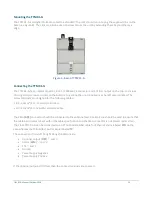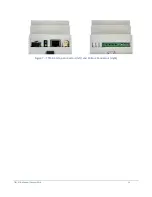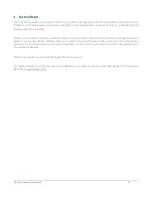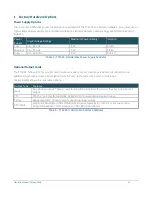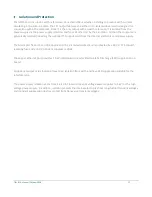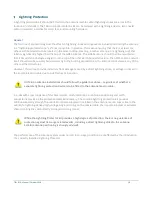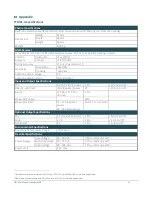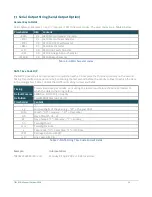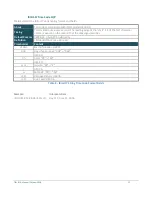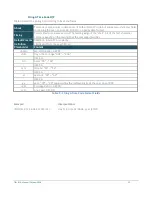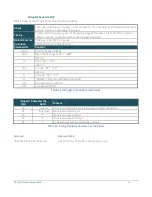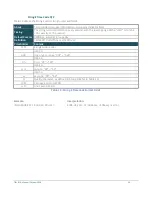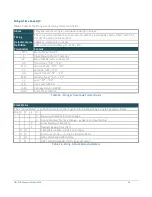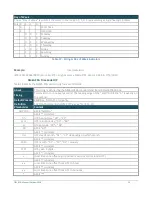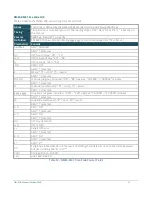
TTM 01-G Manual / October 2018
18
Lightning Protection
A lightning protection kit should be fitted into the antenna lead-in cable if lightning strikes are a risk in the
location of installation. The Tekron supplied antenna kit can be ordered with a lightning arrestor, two coaxial
cable connectors, a connector crimp tool, and mounting hardware.
General
The first line of protection against the effects of lightning-induced surge events involves positioning the antenna
in a “lightning-protected zone” as far as is possible. In practice, this means ensuring that there is at least one
other earth-bonded structure located in the same rooftop area (e.g., another antenna, or a lightning rod) that
reaches significantly higher than the top of the GNSS antenna. The GNSS antenna should then be mounted so
that it lies within a 45-degree angle from the top of the other earth-bonded structure. The GNSS antenna mount
itself should also be securely bonded directly to the building protection earth – and
not
connected via any of the
other earthed structures.
However, this will
not
provide immunity from damage caused by a direct lightning strike, or voltages induced in
the antenna lead-in cable due to side flashes or induction.
All Tekron antenna installations should follow the guidelines above – regardless of whether a
separate lightning protection device is to be fitted to the antenna lead-in cable.
In areas with a low incidence of electrical storms, careful attention to antenna positioning and earth
connections may be all the protection deemed necessary. The antenna lightning protection kit provides
additional security through the use of an impulse suppressor installed in the antenna lead-in coax cable. In the
event of a lightning-derived high voltage surge occurring on the coaxial cable, the impulse suppressor activates,
short-circuiting the cable directly to the protection ground.
While the Lightning Protector kit provides a high degree of protection, there is no guarantee of
protection against ALL surge related events, including a direct lightning strike to the antenna.
Careful antenna positioning is strongly advised!
The performance of the antenna system under normal (non-surge) conditions is unaffected by the introduction
of a correctly installed Lightning Protector.
Summary of Contents for TTM 01-G
Page 1: ...TTM 01 G USERMANUAL ...

